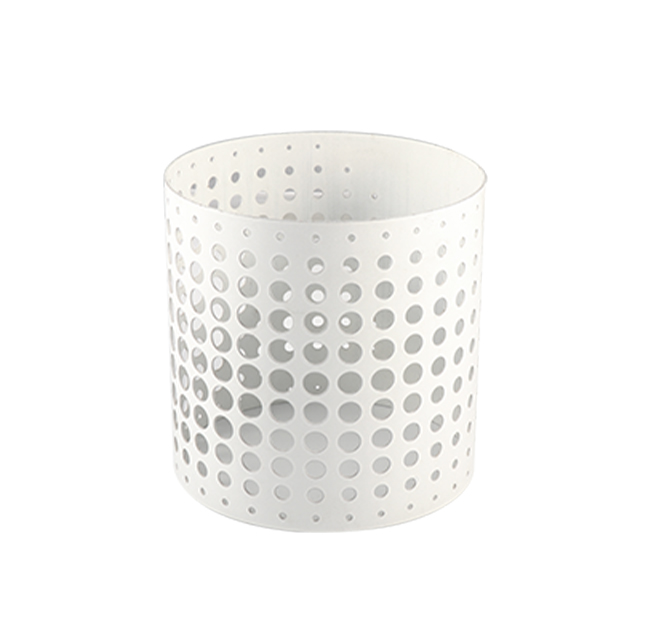Time:2025-05-24 Views:0 source:CNC Machining customization source:CNC Machining news

Ensuring the quality of sheet metal products is essential for customer satisfaction and the reputation of manufacturers. However, various quality problems can occur during the sheet metal processing, and a thorough analysis of these problems is necessary to find effective solutions.
One common quality issue is dimensional inaccuracy. This can be caused by several factors. Inaccurate programming of CNC machines is a major culprit. Errors in the CAD/CAM software settings, such as incorrect dimensions or incorrect tool path generation, can lead to parts that do not meet the required specifications. Another factor is machine wear and tear. Over time, the components of processing machines, such as the guides and spindles of CNC machines, can wear out, resulting in reduced machining accuracy. Additionally, variations in the material properties of the sheet metal, such as differences in thickness or hardness, can also affect the dimensional accuracy during cutting, bending, or other operations.
Surface defects are also frequently encountered in sheet metal processing. Scratches, dents, and burrs on the surface of the parts can occur due to improper handling during the production process, such as rough transportation of the sheet metal or incorrect use of tools. Inadequate surface treatment can also lead to issues like poor coating adhesion or uneven plating. For example, if the sheet metal surface is not properly cleaned before powder coating, contaminants on the surface can prevent the powder from adhering evenly, resulting in a poor - quality finish.
Welding - related quality problems are common in sheet metal products that require assembly by welding. Welding defects, such as incomplete penetration, porosity, and cracks, can weaken the structural integrity of the product. These defects can be caused by factors such as improper welding parameters (e.g., incorrect welding current, voltage, or speed), insufficient pre - heating or post - welding treatment, and poor quality of the welding electrodes or filler materials.
To address these quality problems, a comprehensive quality management system should be established. This includes strict control over the raw materials, ensuring that they meet the required specifications. Regular calibration and maintenance of processing equipment are essential to maintain machining accuracy. Employee training is also crucial, as skilled operators are more likely to produce high - quality parts. Implementing in - process inspection at various stages of production, using non - destructive testing methods such as ultrasonic testing for welds and optical inspection for surface defects, can help detect quality problems early and take corrective actions promptly. By continuously analyzing quality problems and implementing improvement measures, manufacturers can enhance the quality of their sheet metal products and gain a competitive edge in the market.
Read recommendations:
Sealing ring Precision electronic parts
Housing components for recessed downlights Precision electronic parts
Oval Magnetic Hardware Precision electronic parts
CNC Machining Dimension Accuracy
CNC processing factory - Meeting customers' strict requirements for precision